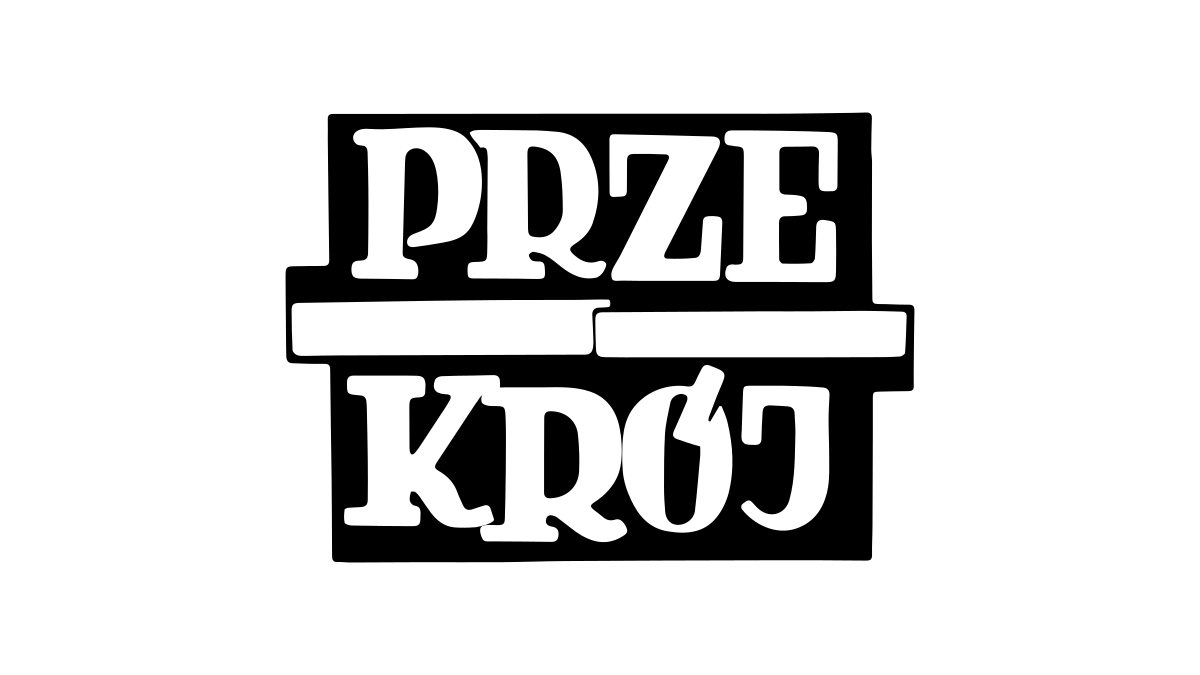
There are no experts or losers here, and instead of competition there’s a spirit of cooperation and a feeling of being submerged in the poetic ocean of language.
Ouscrapo is a game conceived by the French artist Bertrand Boulanger, based on a normal Scrabble set. The players, or jargonauts, create fictional words with the letters they’ve drawn, and then create definitions for these words.
Many stories are told about the creation of the game, because there is no single story in the world of Ouscrapo – there’s the explentynation, which encompasses a multitude of potential events. According to one source, little Bertrand Boulanger used a language of his own, unintelligible to everyone else. Almost everyone. Only his grandfather approved of his grandson’s dadaisms, and where others saw dyslexia – and perhaps also other social or medical categories – he discerned a poetic force. He kept telling his grandson that his language had independent value and that he shouldn’t worry about the bullying at school. He also advised him that it would be good to find some way of communicating with others. The young citizen of Lille must have found one, because despite the headwind, he managed to swim across the basin of education and find a haven at the École Supérieure d’Art du Nord-Pas de Calais. After years of work with theatre groups focusing on dance and street art, Bertrand returned to the beginnings of his play with language, this time as the alchemistrator of Scrabble à rebours.
The pataphysical legacy
The game, initially just for fun, soon revealed








